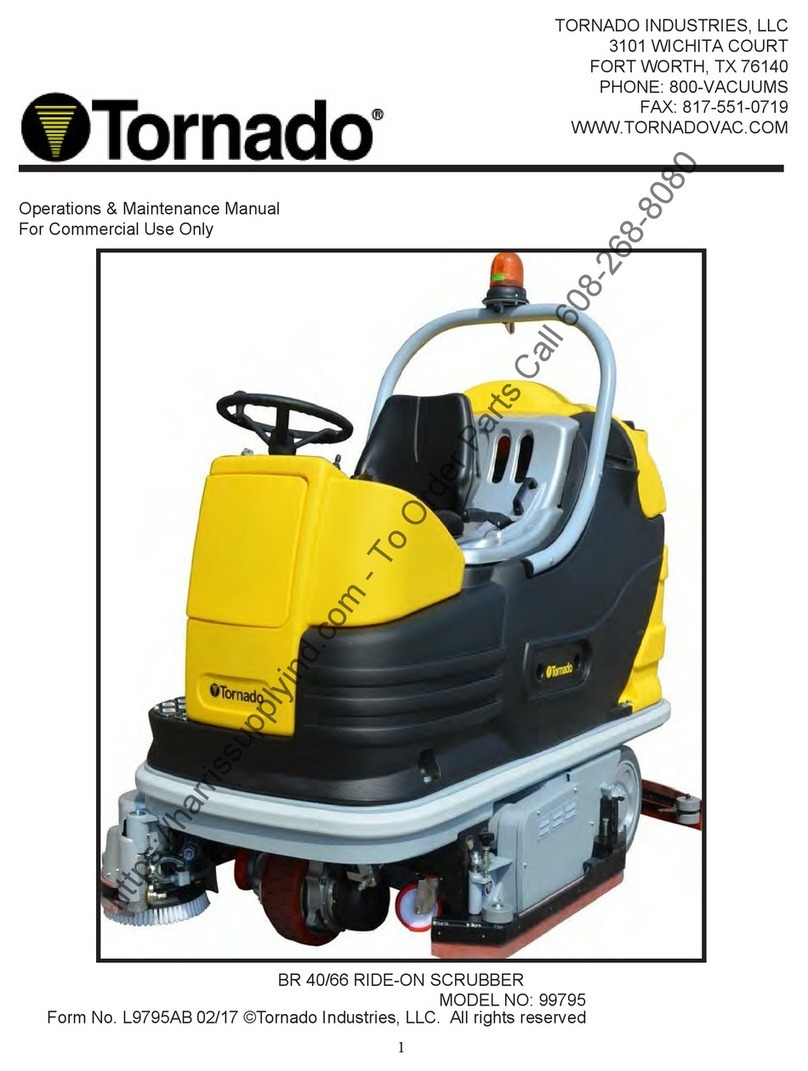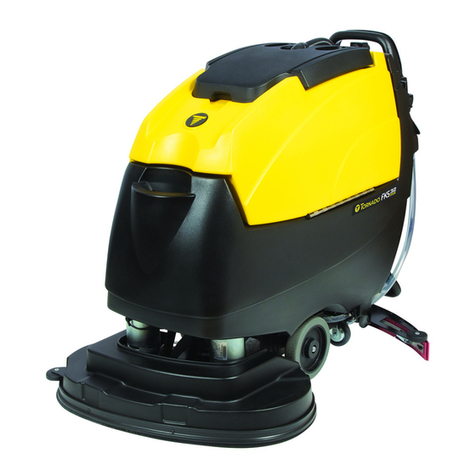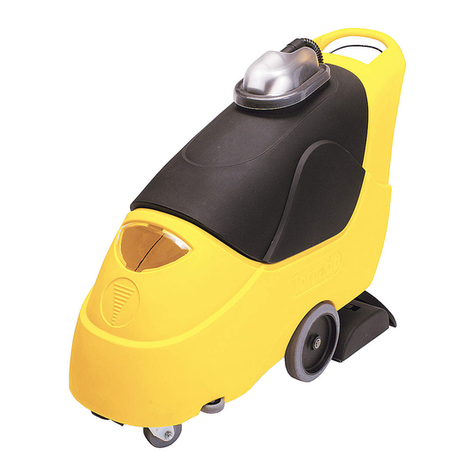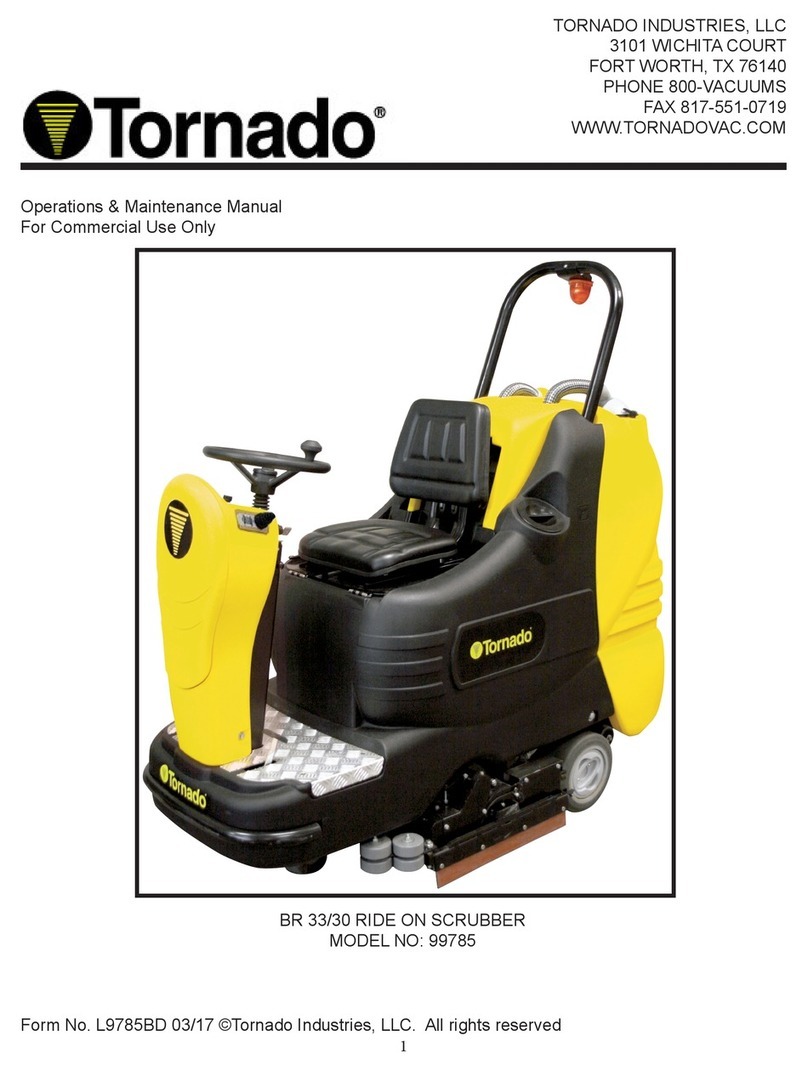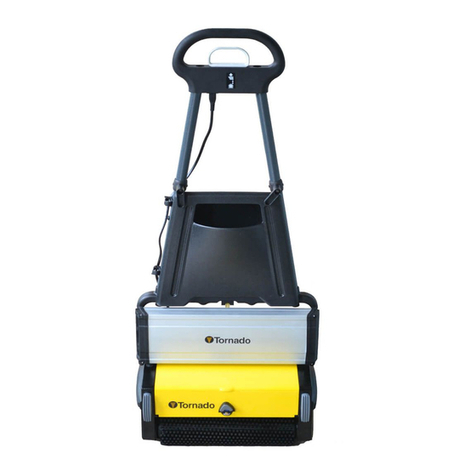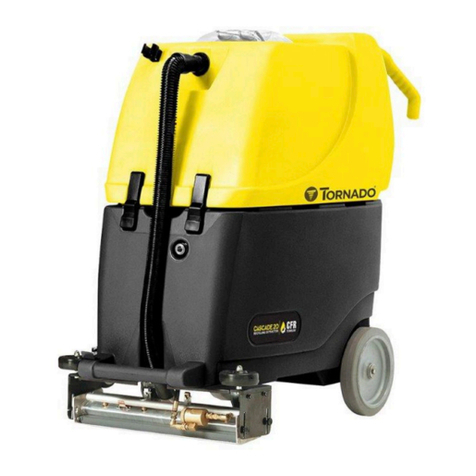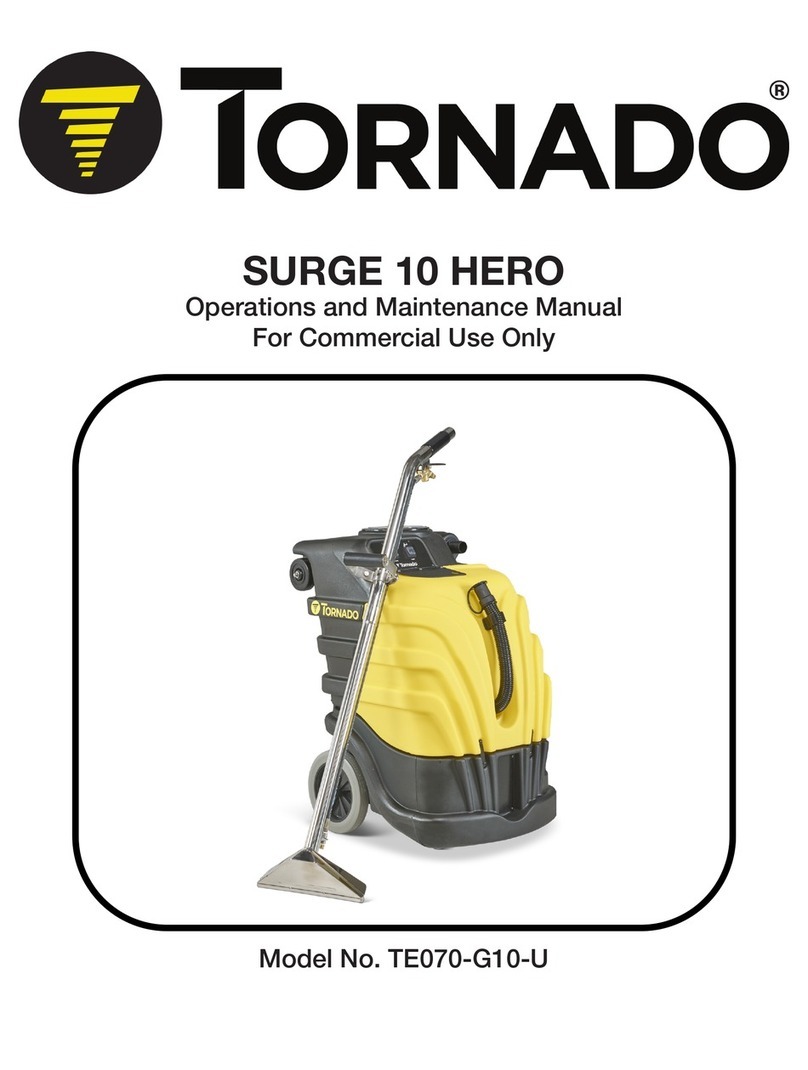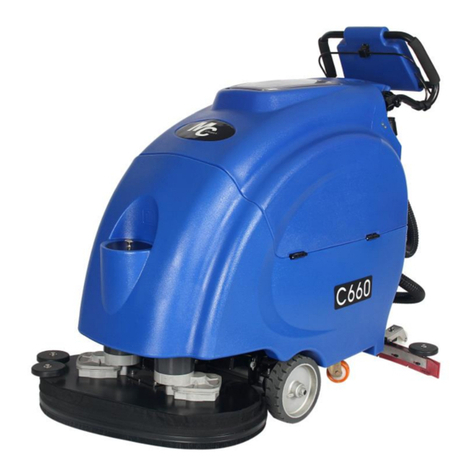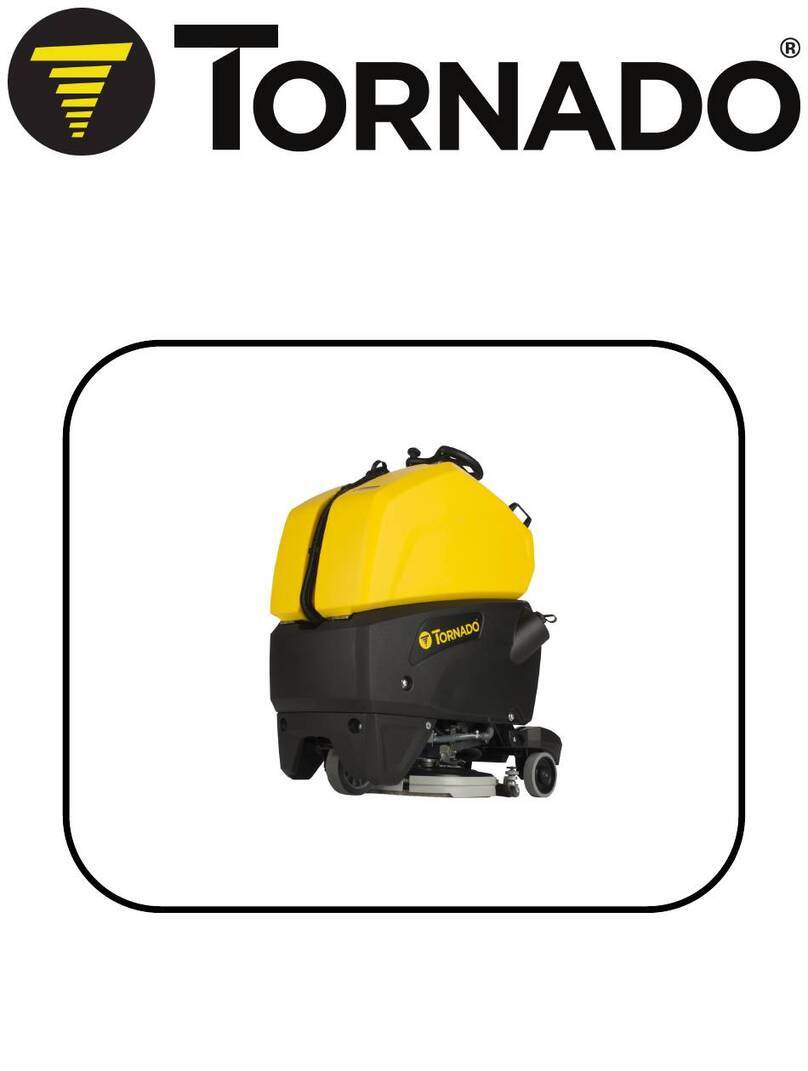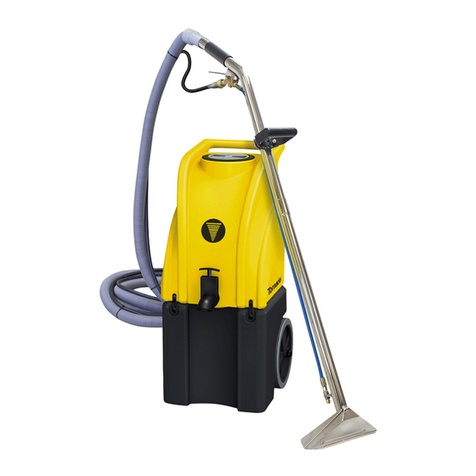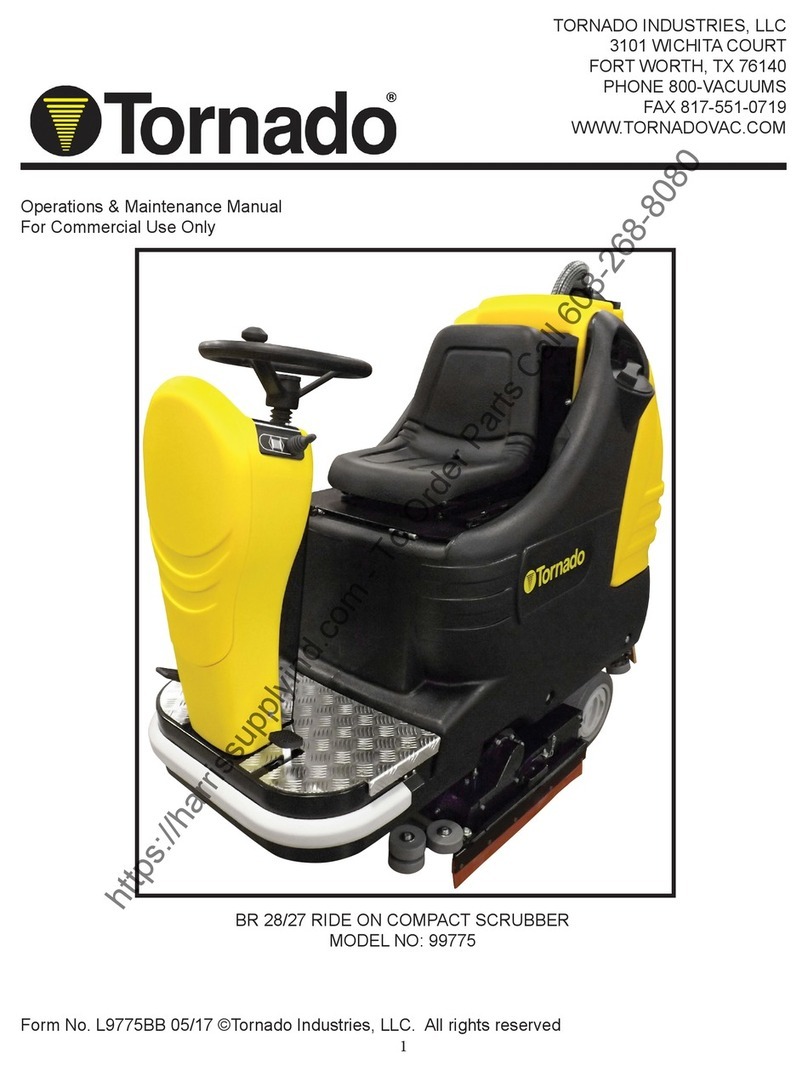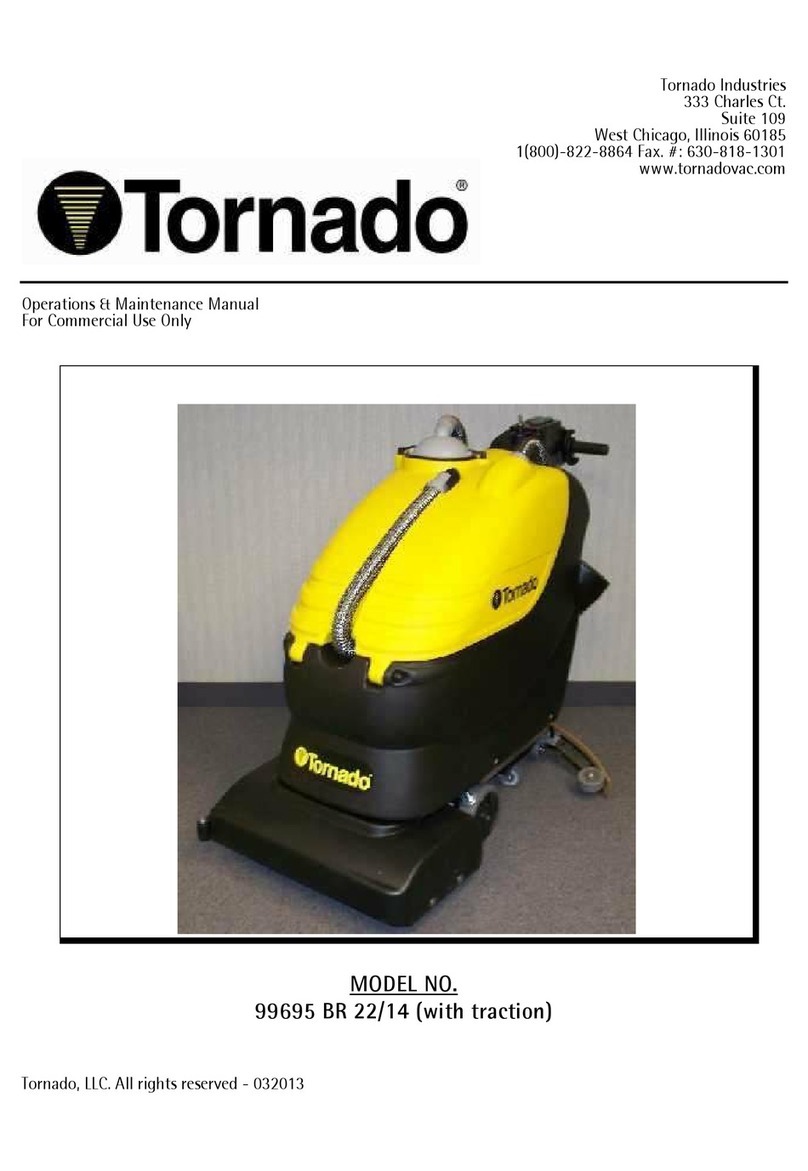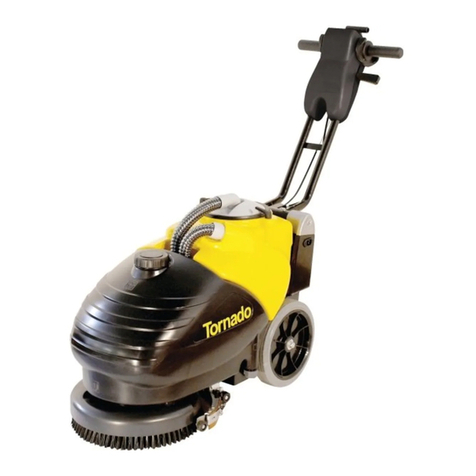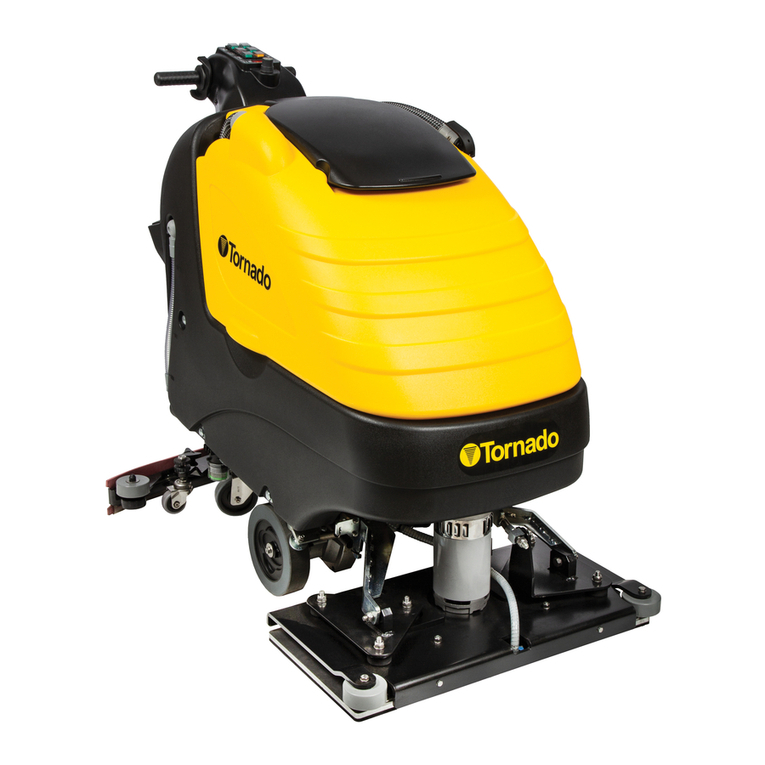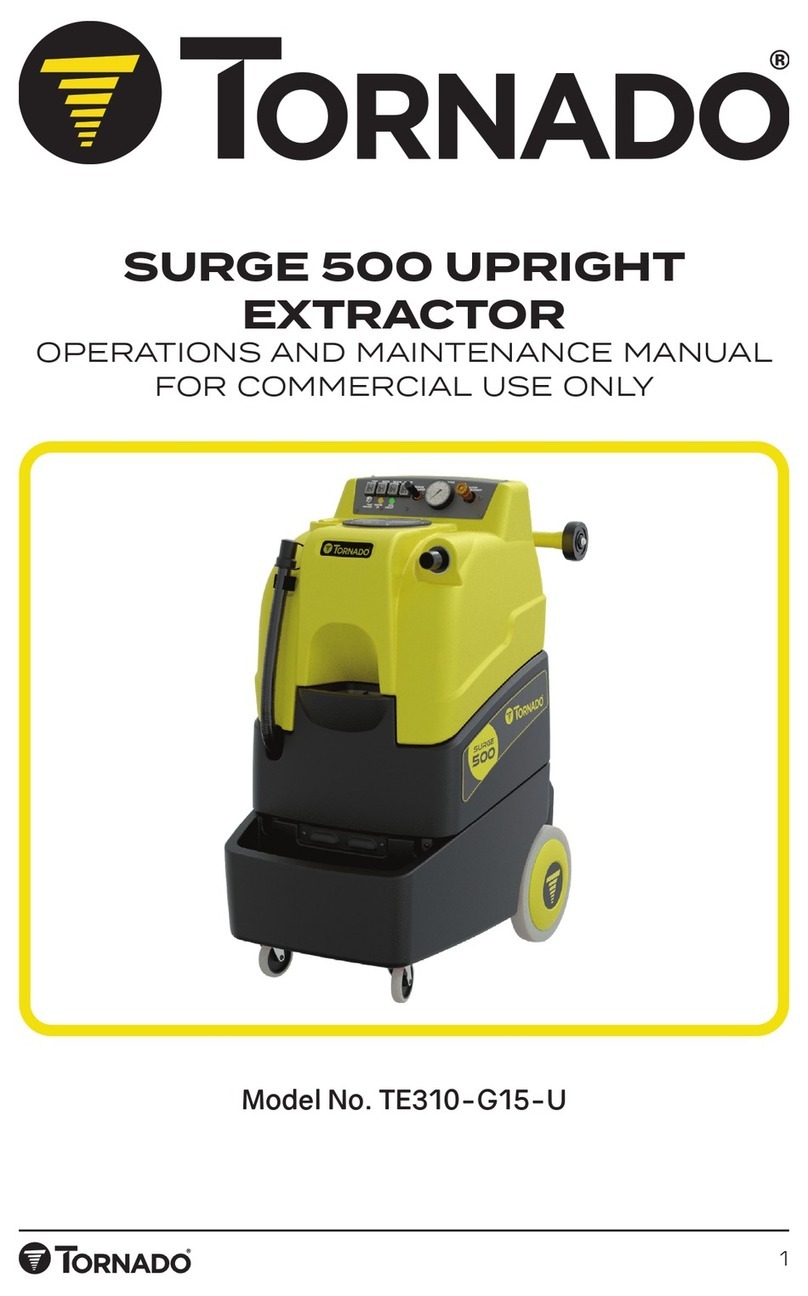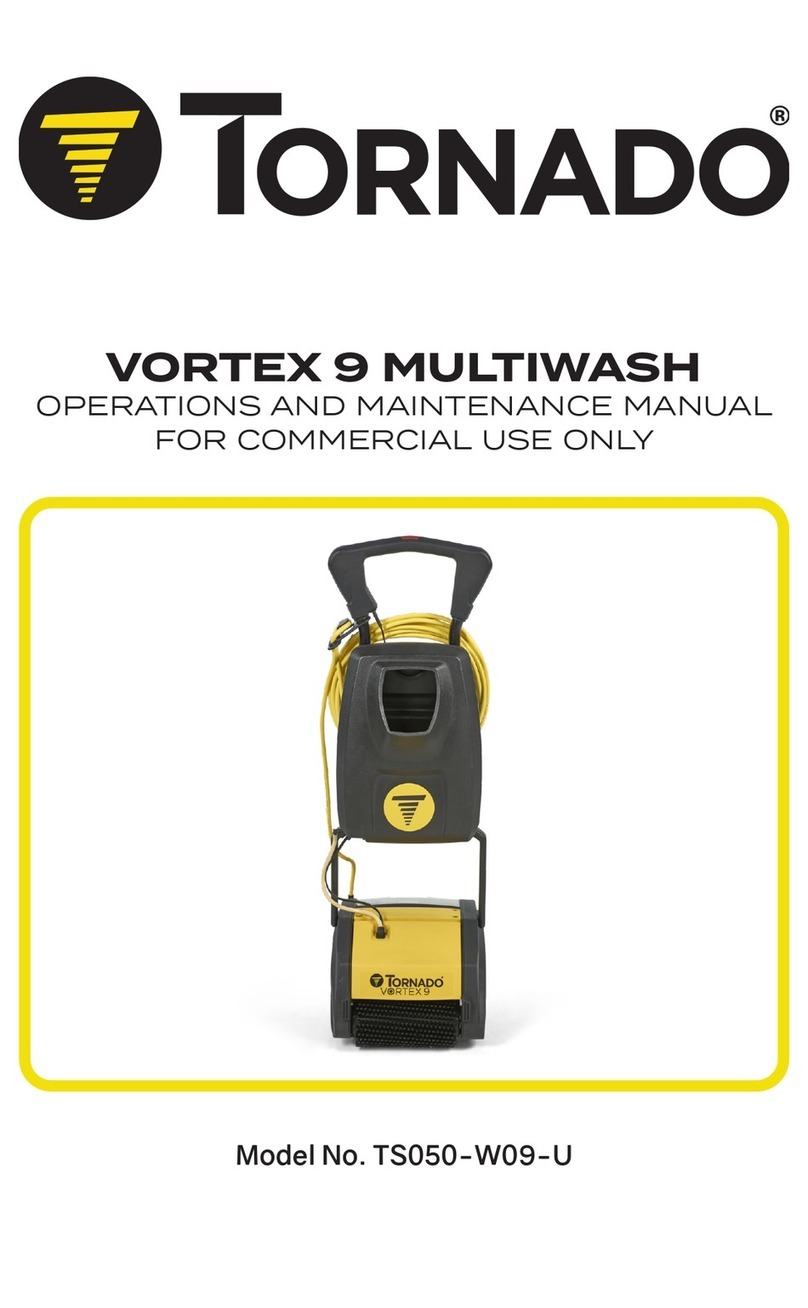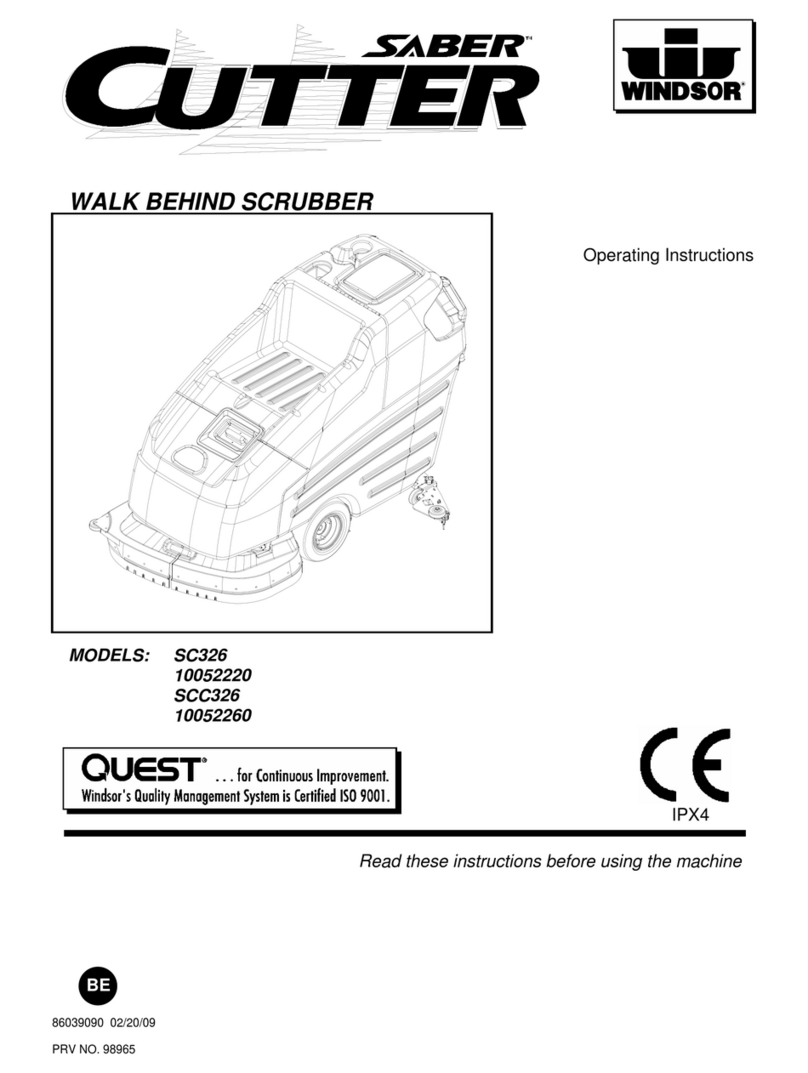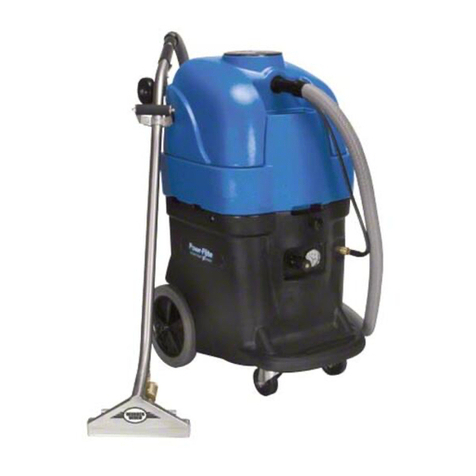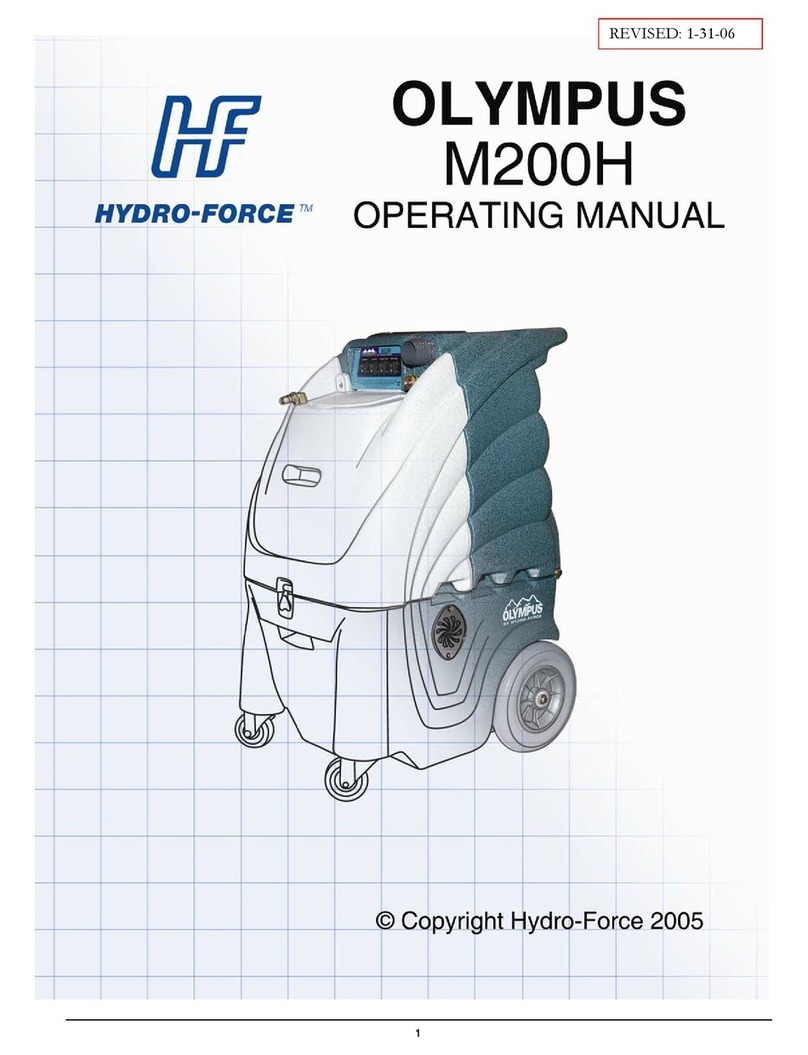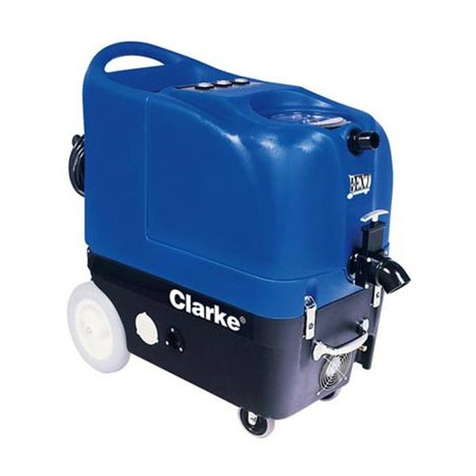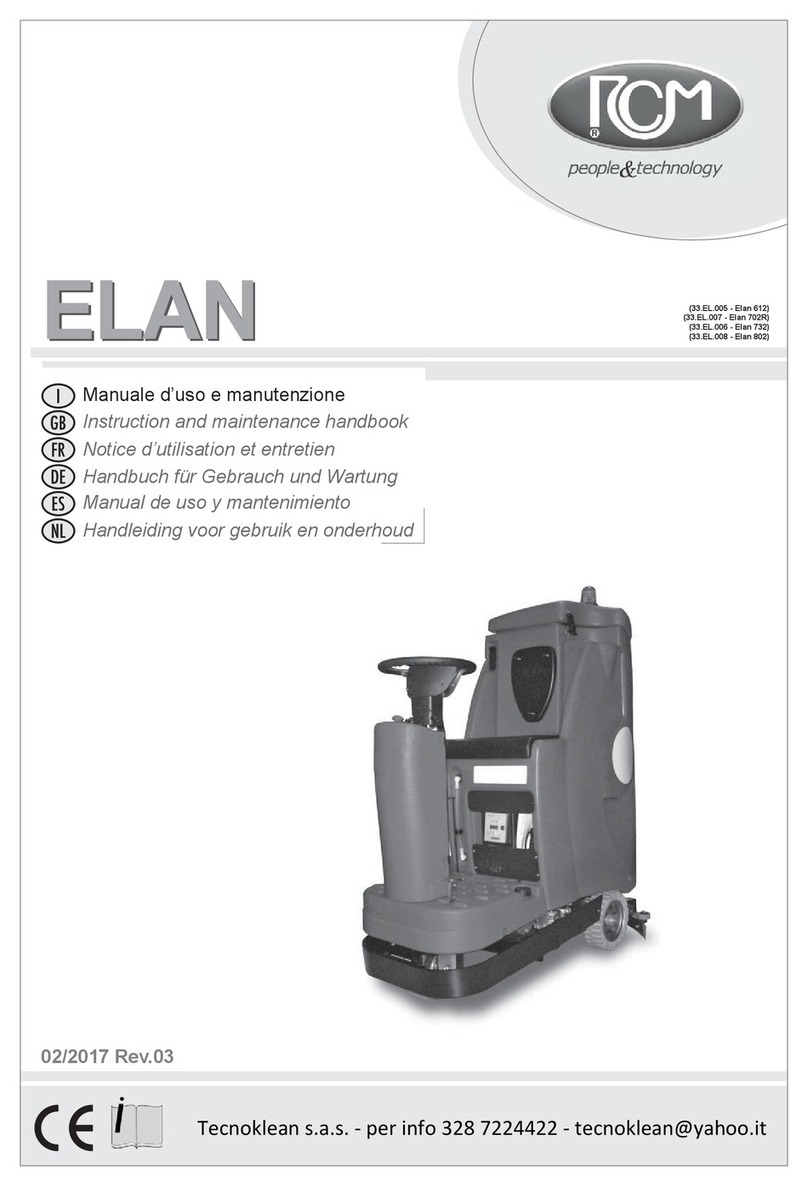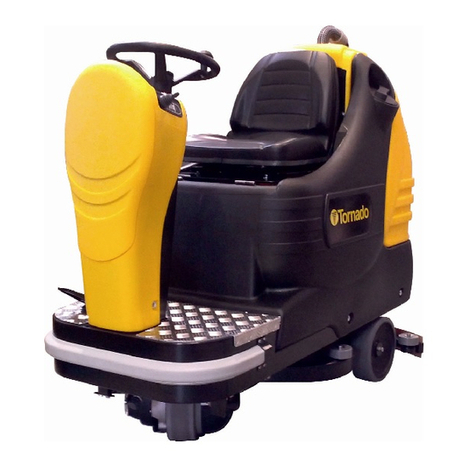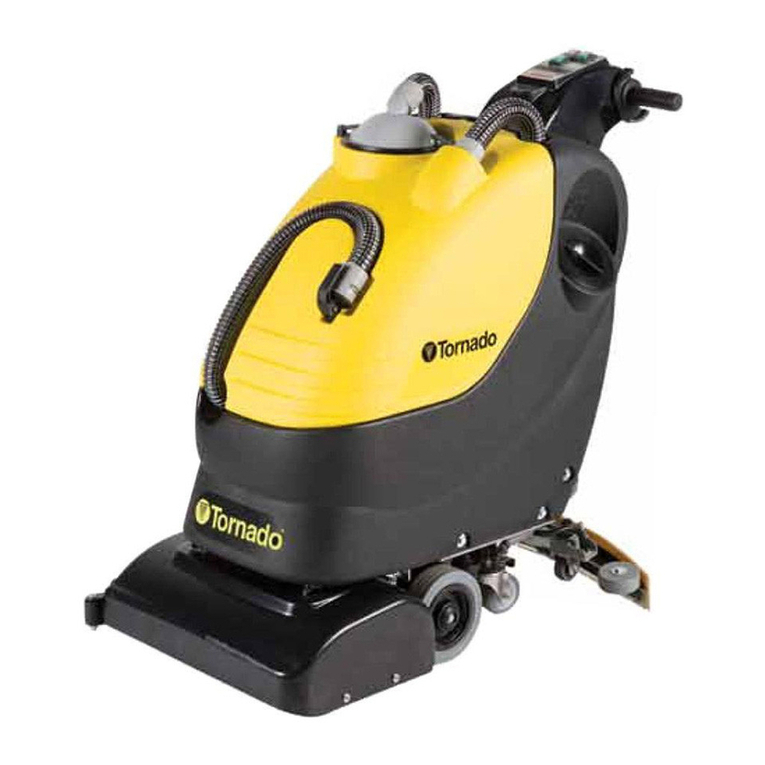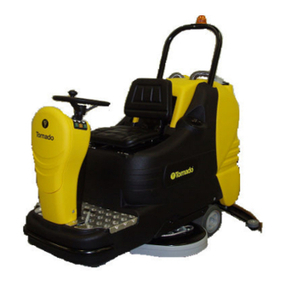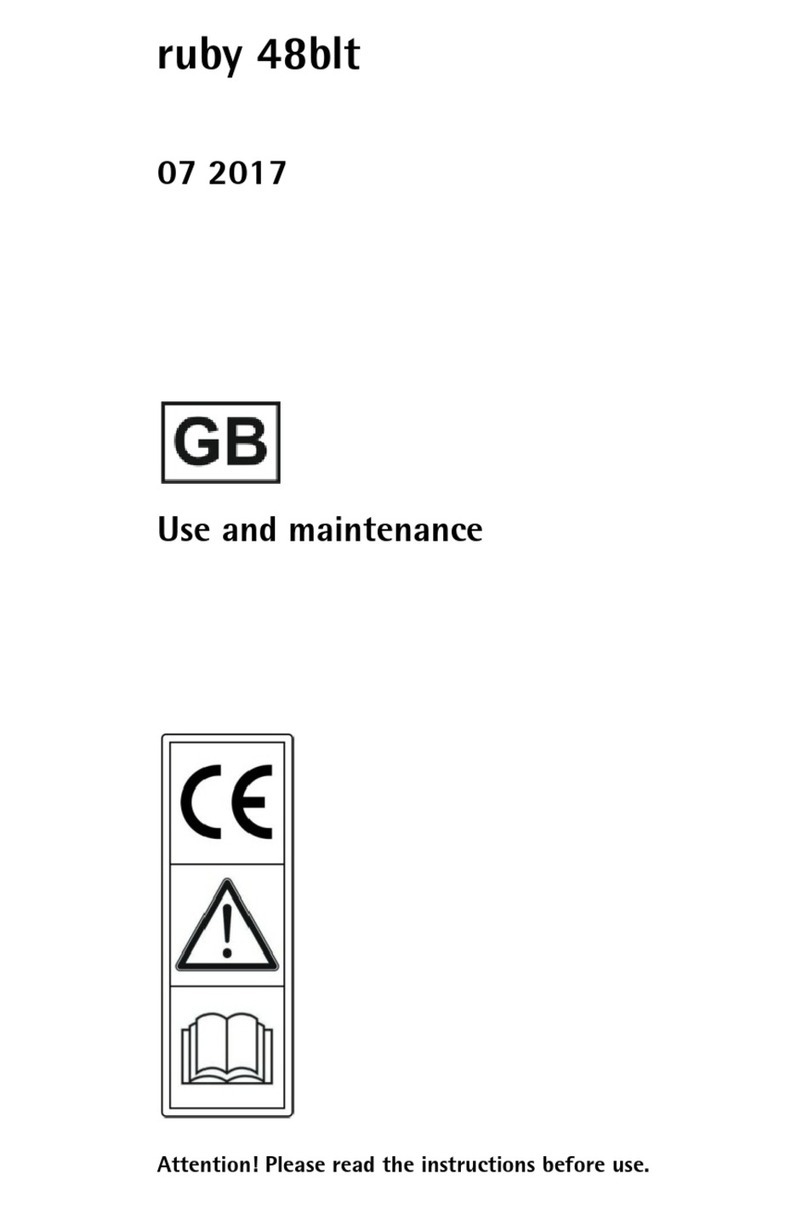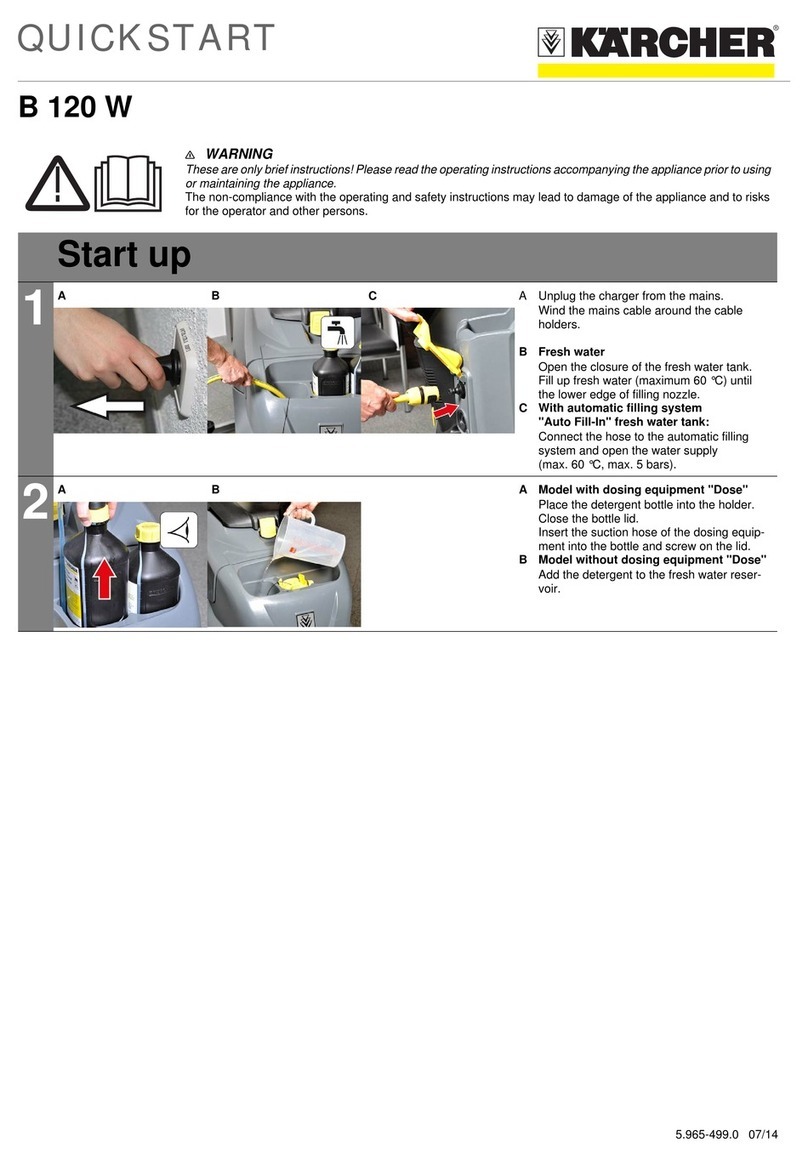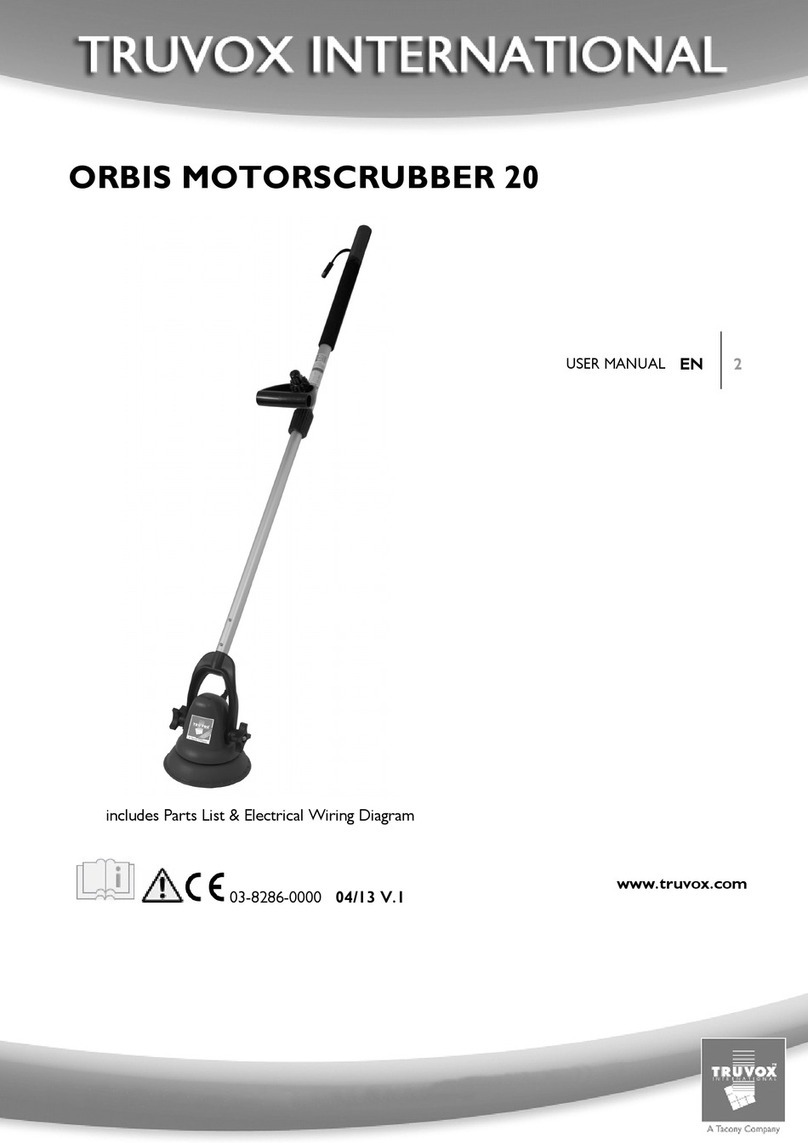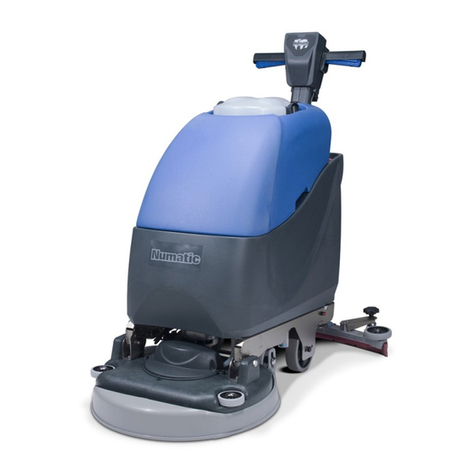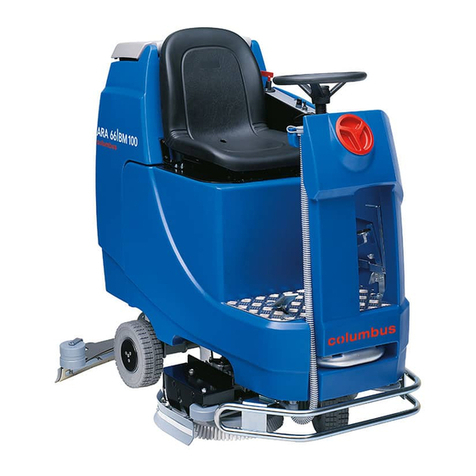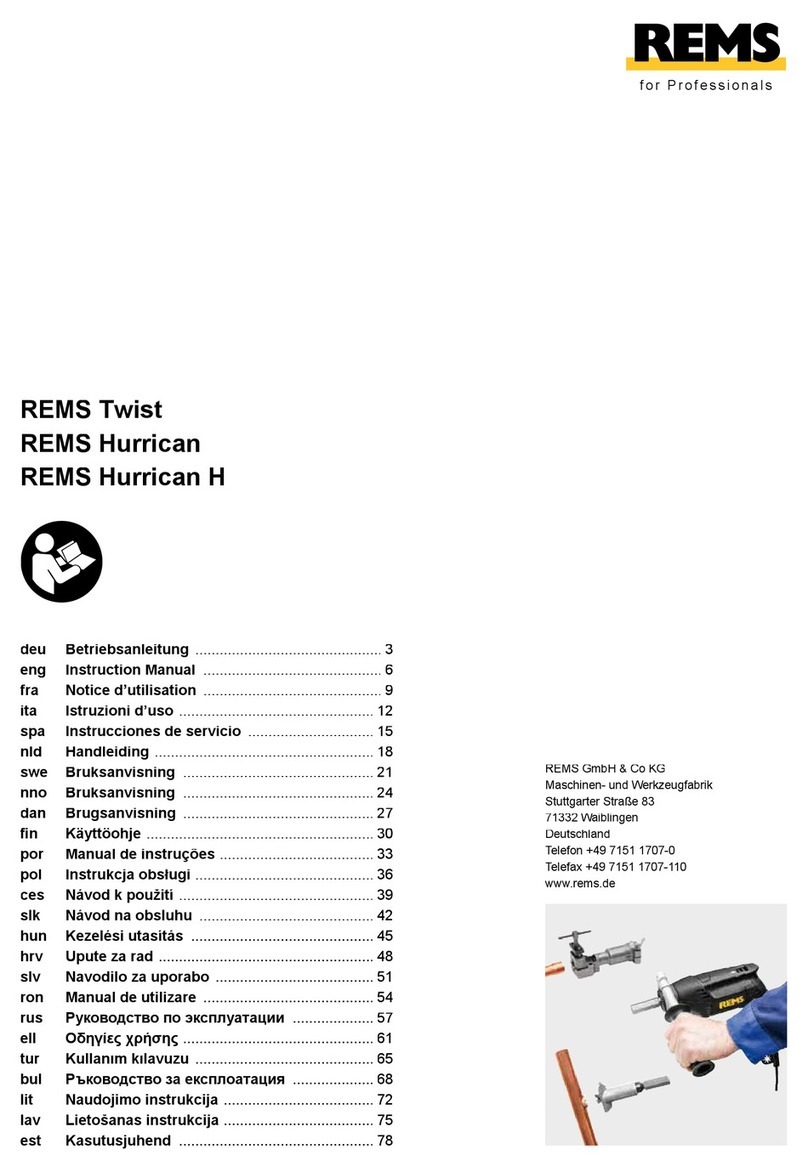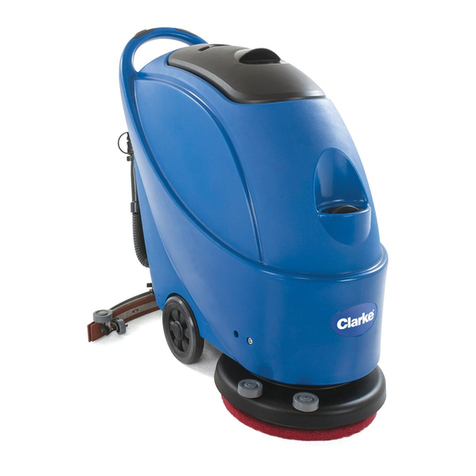
4
Your new Tornado unit is a high quality, precision-made product. All parts used in the
manufacturing of this unit have passed rigid quality control standards prior to assembly. Please
safeguard the original receipt / invoice. If you experience any problems with your unit during the
warranty period, the original receipt / invoice will act as proof of purchase. Contact Tornado for
any warranty inquiries.
IMPORTANT SAFETY INSTRUCTIONS
READ AND UNDERSTAND ALL INSTRUCTIONS BEFORE USING THIS UNIT
Read and understand this owner’s manual and all labels on the unit before operating. Safety is a
combination of common sense,staying alert and knowing how your unit works. Use this unit only
as described in this manual. Use only manufacturer’s recommended attachments. To reduce the
risk of personal injury or damage to your unit use only Tornado recommended accessories.
SAFETY INSTRUCTIONS
These guidelines are provided for your protection and convenience. Please read them carefully.
If you have any questions regarding the use of your equipment call Technical Service at 800.880-
2913 (ext. 3). Failure to adhere to instructions provided can potentially void any warranties.
Precautions and safety warnings are provided for your protection. Failure to observe these
warnings could result in personal injury and damage to the equipment. When using an electrical
appliance, basic safety precautions should always be followed.
WARNING! To reduce the risk of electric shock, fire, or injury:
1. Operators must read and understand this manual completely before operating the equipment.
2. Make sure all caution, warning, and instructional decals are in place and legible. Replace
damaged or missing labels.
3. Do not leave unit when plugged in. Unplug from outlet when not in use and before servicing.
4. Connect to a proper grounded outlet only. (See Grounding Instructions.)
5. Do not use with damaged cord or plug.
6. Do not handle plug or unit with wet hands.
7. Do not pull or carry by cord, use cord as a handle, close a door on cord, or pull cord around
sharp edges or corners. Do not run appliance over cord. Keep cord away from heated surfaces.
8. Turn off all controls before unplugging.
9. Do not unplug by pulling on cord. To unplug, grasp the plug, not the cord.
10. Do not put any object into openings. Do not use with any opening blocked; keep free of dust,
lint, hair, and anything that may reduce air flow.
11. Do not pick up anything that is burning or smoking, such as cigarettes, matches, or hot
ashes.
12. Do not use without filters in place.
13. Use extra care when cleaning stairs.
14. Do not use to pick up flammable or combustible liquids such as gasoline or use in areas
where they may be present.
15. Do not expose to rain. Store indoors.
16. If unit is not working as it should, has been dropped, damaged, left outdoors, or dropped into
water, take it to a local Tornado service center.
